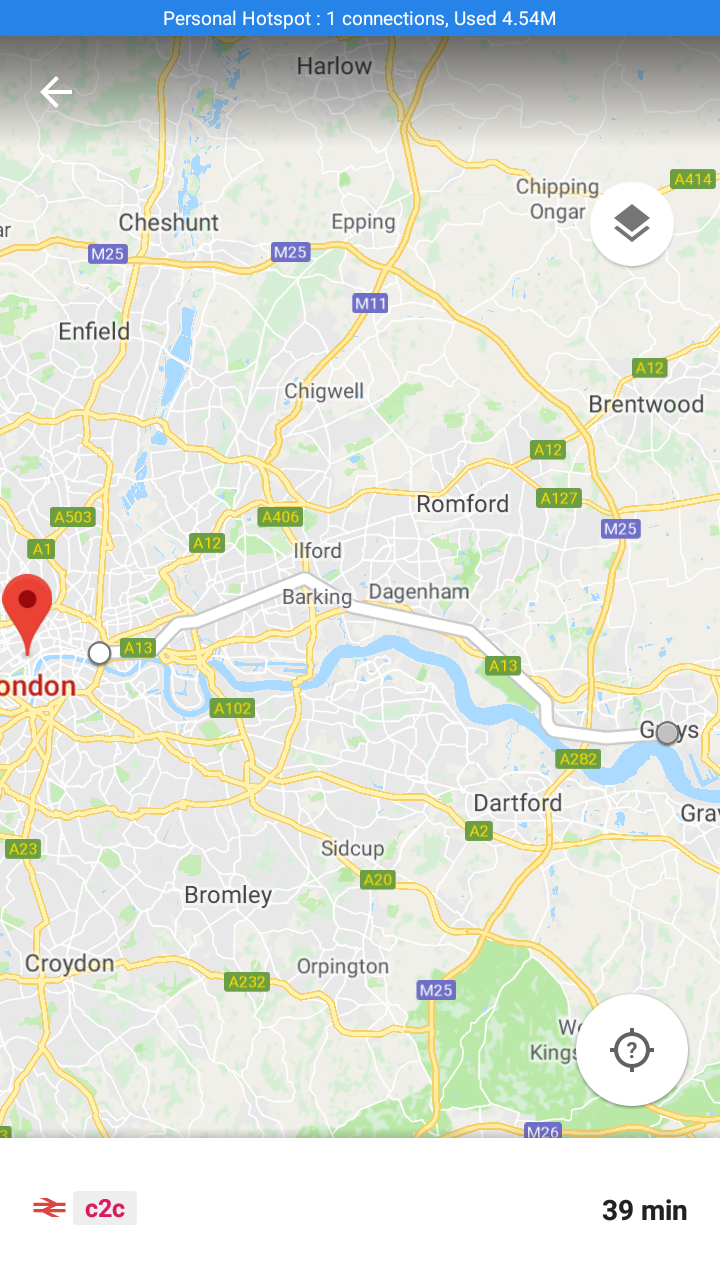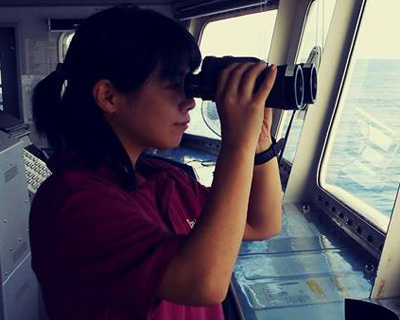Fantastic shore leave doesn’t just happen. You plan for it and make it happen. Aside from earning dollars, mobility a.k.a shore leave is the next perk a seafarer has.
We are given opportunities to taste a bit of every port whether we stay there for twenty-four hours or one week. These fantastic shore leave tales are one of the “pasalubong” that we brought together with us back home.
Shore leave is a way of de-stressing ourselves from the pressure that accumulated while working. That’s just one of the reasons why you need to go ashore.
But going on a fantastic shore leave can be expensive. Do you remember the time you spent more than $300.00 within four hours and then blamed yourself or somebody else after realizing the damage you made to your pockets?
Others wonder how they were able to buy things they didn’t even need. How can you have a fantastic shoreleave with that? Some justified themselves by saying they enjoyed every bit of that huge expense. But I also know someone who spent €700.00 in one night!
Well, that’s OK if you are single and earning ten times that amount.

Fantastic shore leaves don’t just happen. You plan for it and make it happen. I set some practical guidelines for myself that enabled me (and probably you) to enjoy the outside world while staying on a budget.
Who knows? Would you feel guilty after spending Five Euros to Forty Pounds within eight hours in a big, movie-famous city? If you are earning the least on board, this can be helpful to you.
Avoid ending your contract with only $500.00 in your wage account after nine months of hard work!
Shoreleave on a budget tips
Here is my fantastic shore leave formula for wise spending and exciting port hopping:
1. Plan your exit.
As soon as you are on board, plan how much you need when your contract ends. Whatever your rank is, know what your family’s expenses will be every month and your home vacation as well.
Perhaps you already set a fixed allotment for your family that is enough for their everyday living, and another amount for some special costs.
After doing the math, reserve an amount you need every month for yourself to be spent and enjoyed without compromising your exit savings.
The point is, that you must know how much is your spending threshold by analyzing how much you need at the end of your contract. This is one formula for a fantastic shore leave that most seafarers fail to do.
Put this into writing, commit yourself to it, and post it in your cabin where you can see it every day.
2. Plan your spending
Fantastic shore leaves don’t have to be as expensive as most people think. After laying out an exit plan, the next thing to do is to create a spending plan.
For example, you set a budget of $20, $50, $100, $300, etc. that you plan to spend monthly. Since you now know how much you need to spend every month, you must follow it religiously. And you must also follow your monthly spending budget.
If you spent very little on this month, then those extra savings can be used on the proceeding month to have a fantastic shore leave. Go along with your written budget and not that your budget will be going along with you.
You can have a fantastic shore leave without compromising your finances.

3. Ask the locals for advice.
When alongside, it is useful to ask the locals for advice on interesting places and how to get there. Most visitors on board will be very glad to help you give information and directions to tourist attractions.
Seaman’s Centers also provide rich sources of information. Ask about taxi fares, public transport, train schedules, buses, local events, travel time, safety issues, and many other things of your concern.
These little things are vital to your fantastic shore leave. It’s also very important to know if the locals speak good English so you can save a ton of time interpreting them and less confusion especially if English is not the first or second language.
4. Ask Google.
If you have internet on board, you can plan a fantastic shore leave well in advance. Research your next port of call and take note of the important concerns outlined in Step 3.
Google Maps can be a great tandem for your fantastic shore leave experience. It is so amazing that you can see pictures and reviews from other users about a certain restaurant or place.
It also provides routes for taxis, trains, buses, bikes or even walking to get you from point A to B. Check also Tripadvisor website for some other reviews and user experiences.

5. Hitch a ride with the Agent.
Not only the ship’s agent but the local jettyman as well. After making casual conversation with them while alongside, they sometimes offer you a free ride to the nearest town.
When we were in Foynes, I once asked an off-duty shore guy a directions to the nearest town. He told me to hop in his car so he could drop me off there.
6. Walk or use bikes, buses, or trains.
Now that you’ve done your research, the next thing to do is to get there. Some cities or towns are only a walking distance- approximately 20 minutes. Others are far away.
If you have a bike and are in Europe, consider yourself lucky. But if not, then use other means. Taxi cabs might cost you a lot so if it’s not on the budget, don’t use it.
Instead, use public transport as it costs less but might get you there a bit longer like 30 to 40 minutes depending on the place. Double that time for the duration of going back to the vessel.
Also, keep in mind that these transports are running in schedules so give yourselves ample time to avoid being late. If you are more than three persons, consider calling a taxi as the fare can be lightened by sharing it with the group.

7. Save Every Penny.
If you find yourself with excess cash than what you had planned on spending, it would be wise to save it for future use.
Avoid the spend-it-all-because-it-is-within-the-budget-mentality especially if your excess money is in Euros, Dollars, or Pounds as it can still be used in another country.
To know more about saving your money even during vacation, read my article on How to Save a Huge Amount of Money During Your Vacation.
8. Accounting Is Everything.
It is very important to track your expenses by keeping a record. I use Microsoft Spreadsheet for doing so and it enables me to see through my spending habits month after month after month.
I often notice areas where I can cut my expenses so next time, I’ll be more cautious about it. Trust me, it pays well to make this a habit.
Who says going ashore is costly? With proper planning and accounting, you might even be surprised that some people in your home country spend more every month than you do on board.
Check out my other post on one of of my shore leave and How I Bust the Myth on Costly City Excursion.
Enjoy sailing and may the winds be in your favor.



0 Comments